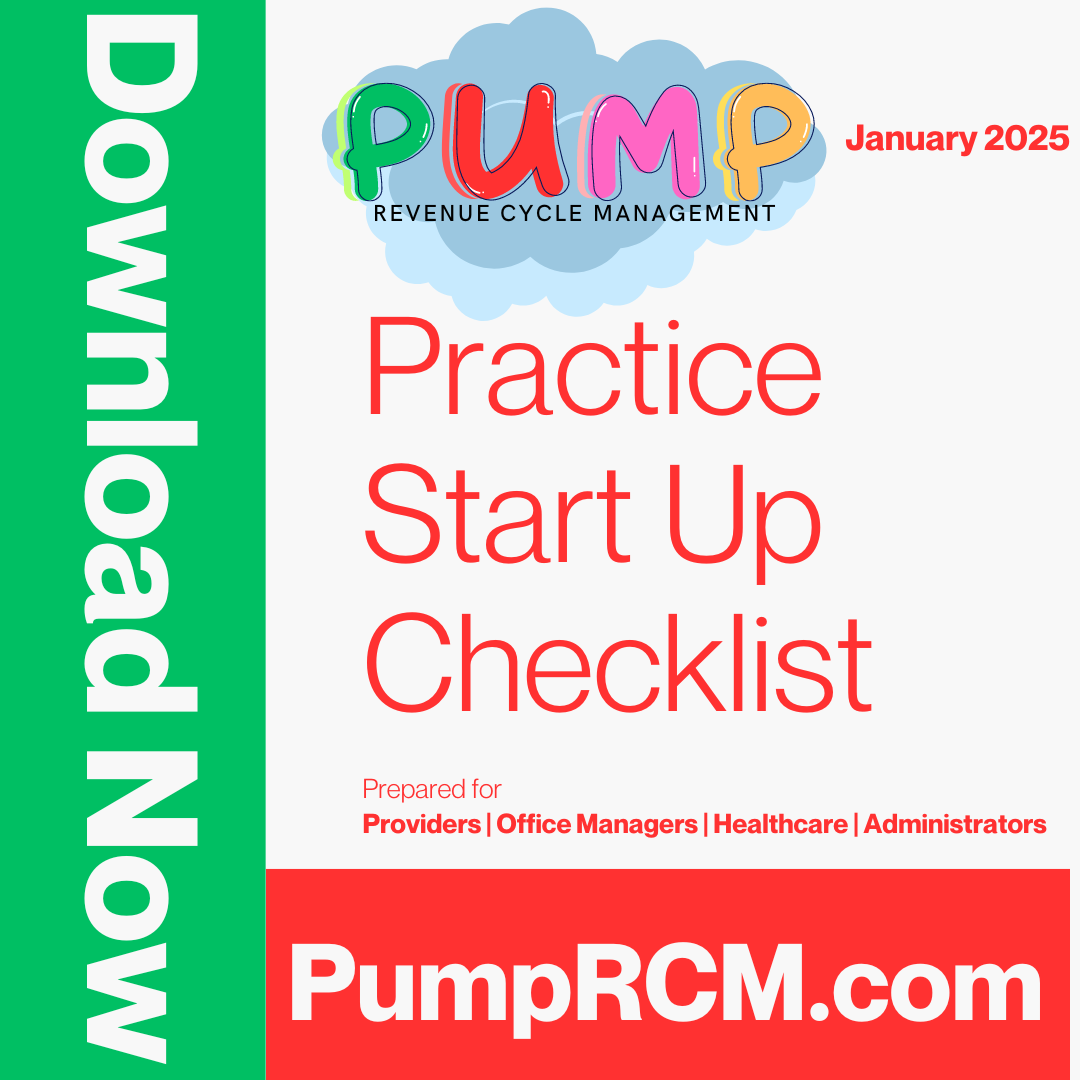A Comprehensive Guide on Exactly How Health Care RCM Functions to Simplify Payment and Collections
Navigating the intricacies of health care income cycle monitoring (RCM) is crucial for service providers aiming to enhance their invoicing and collections procedures. The overview unpacks the intricacies of RCM, from patient enrollment to balance dues monitoring, offering understandings right into enhancing each step. Integrating advanced modern technology and standardized procedures can substantially reduce claim denials and accelerate payment cycles. Yet, truth difficulty hinges on flawlessly merging these aspects to boost money circulation. As we explore the core components and strategies that drive effectiveness, one concern stays: how can medical care entities finest position themselves to thrive economically in an ever-evolving industry?
Understanding Income Cycle Management
RCM is an essential administrative feature that encompasses the entire economic procedure of individual treatment, from the initial appointment establishing to the last settlement of the equilibrium. It is an intricate treatment created to determine, accumulate, and take care of the profits from the solutions offered to clients.
The RCM procedure starts when a person timetables a consultation and extends via the individual's treatment journey, including billing and collections. An essential purpose is to reduce the time in between giving a service and obtaining payment, hence enhancing the organization's economic health. RCM includes numerous features such as patient registration, insurance verification, charge capture, coding, asserts submission, repayment posting, and managing rejections and allures.
Trick Parts of RCM
In the realm of Earnings Cycle Administration (RCM), comprehending its key components is fundamental to accomplishing financial effectiveness within medical care companies. RCM is a comprehensive process that incorporates various stages, each essential to making sure effective payment and collections. The main elements consist of person registration, insurance confirmation, fee capture, coding, case submission, payment posting, and receivable administration.


As soon as coded, insurance claims are sent to payers, where accuracy is vital to prevent rejections or delays - Healthcare RCM. Payment posting entails tape-recording the received settlements, which permits the reconciliation of accounts. Finally, accounts receivable management concentrates on monitoring and resolving unsettled cases, making certain prompt follow-up and resolution
Each part of RCM is interconnected, and inefficiencies in any type of part can interfere with the entire cycle. Therefore, understanding these elements is important for healthcare providers to maximize profits and boost their monetary health.
Techniques for Reliable Payment

Standardizing billing treatments across the organization is an additional essential strategy. Developing clear guidelines for documentation, coding, and submission aids preserve consistency and compliance with regulative demands. Training staff consistently on these procedures makes certain everybody is updated with the most up to date adjustments in billing codes and payer policies.
Exact cost capture is necessary in protecting against earnings leak. Applying regular audits and tracking systems permits the identification and modification of disparities before they impact earnings. In addition, preserving open lines of interaction with payers aids to rapidly deal with any kind of conflicts or misconceptions that might emerge.

Lastly, engaging people early in the billing process by supplying clear quotes and instructional products concerning their monetary obligations can substantially minimize confusion and boost settlement timeliness. These methods collectively add to a much more reliable and financially healthy and balanced billing system.
Enhancing Collections Processes
Offered the intricacies of medical invoicing and the range of payer requirements, enhancing the collections process includes applying tactical actions that make sure exact and timely repayment of solutions provided. Automation tools can help in tracking case conditions, sending out prompt pointers to clients, and taking care of denials more successfully.
Transparent and clear person interactions are essential. Giving detailed explanations of fees and providing Learn More flexible settlement plans can boost individual contentment and timely repayments.
Routine audits of the collections process should be performed to recognize areas for renovation and make sure conformity with guidelines. By analyzing data, medical care companies can recognize patterns, prepare for prospective concerns, and adapt approaches appropriately (Healthcare RCM). Eventually, a well-enhanced collections procedure not just sustains monetary wellness but likewise adds to a much more seamless experience for individuals and staff alike
Optimizing Earnings Streams
Structure upon the structure of a strong collections procedure, healthcare organizations can additionally boost their financial stability by purposefully optimizing profits streams. This involves a multi-faceted technique, beginning with an extensive evaluation of existing profits resources to identify inadequacies and locations for development. Utilizing advanced data analytics tools enables organizations to acquire understandings into payer mix, person demographics, and service use patterns, enabling data-driven choices that enhance profits capture.
Carrying out automated billing systems can considerably reduce errors and quicken insurance claims processing, making certain that profits is gathered more successfully. Moreover, maximizing payer contracts via routine settlements can boost compensation prices and terms, straight influencing the lower line. Diversifying solution offerings, such as including telehealth or health care, can also bring in a broader client base, therefore enhancing income potential.
An additional critical element is improving individual engagement and satisfaction, as completely satisfied people are more probable to stick to therapy plans and make prompt repayments. Providing flexible settlement options and transparent invoicing practices can enhance collections and foster person commitment. Healthcare RCM. By taking on these strategies, health care organizations can create an extra durable monetary structure, guaranteeing sustained development and security in an ever-changing industry landscape
Final Thought
Finally, healthcare Revenue Cycle Management (RCM) plays a vital function in maximizing invoicing and collections procedures by integrating essential components such as patient registration, insurance coverage confirmation, cost capture, coding, declares entry, and balance due management. By utilizing sophisticated technology, standardizing procedures, and fostering person interaction, healthcare suppliers can significantly lower claim denials, accelerate payment cycles, and improve money circulation. This extensive strategy to RCM ultimately causes improved economic efficiency and sustainability for health care companies.
The RCM procedure begins when an individual routines an appointment and expands with the client's care trip, consisting of invoicing and collections.Another vital component is improving person engagement and fulfillment, as satisfied patients are a lot more likely to stick to therapy strategies and make timely repayments. Using flexible settlement options and check transparent billing techniques can enhance collections and foster client commitment.In conclusion, healthcare Earnings Cycle Administration (RCM) plays an essential duty in maximizing invoicing and collections procedures see this site by incorporating key parts such as client enrollment, insurance coverage verification, charge capture, coding, asserts submission, and accounts receivable monitoring. By employing innovative modern technology, systematizing treatments, and cultivating patient interaction, medical care suppliers can significantly decrease insurance claim denials, accelerate payment cycles, and enhance cash circulation.